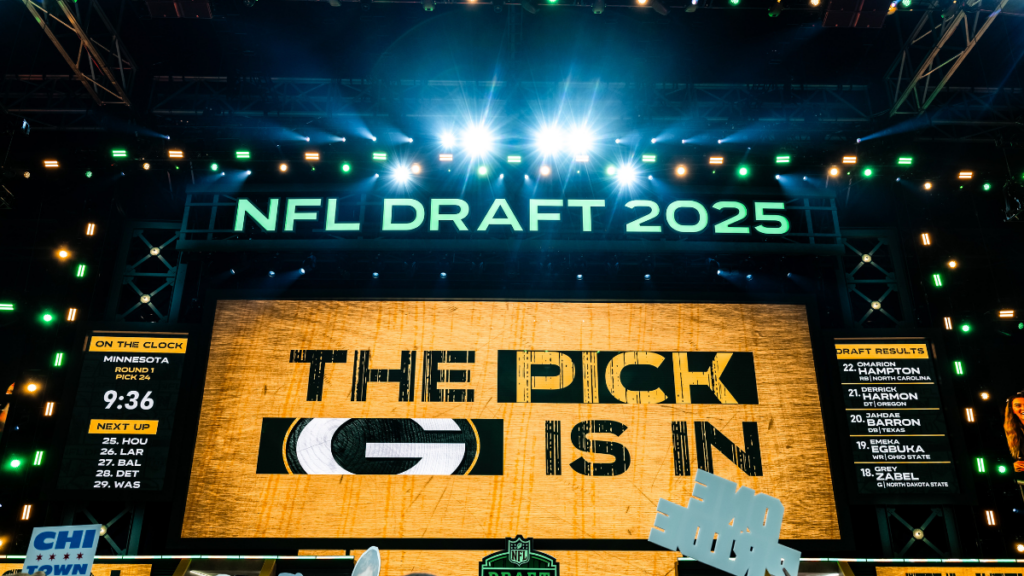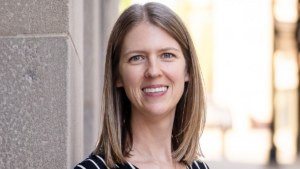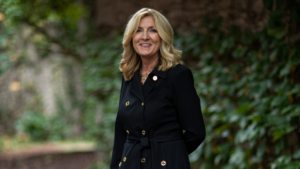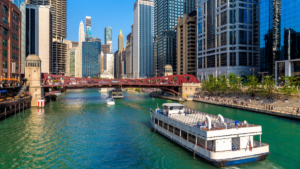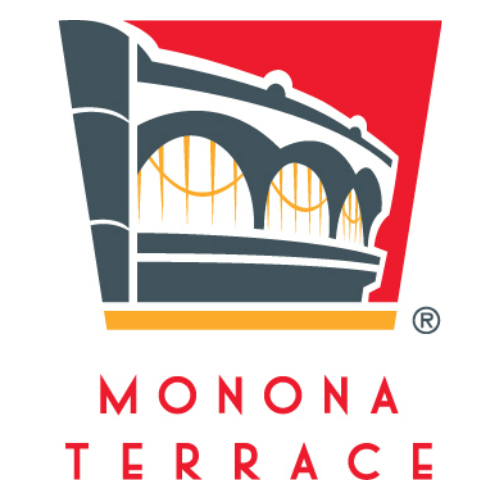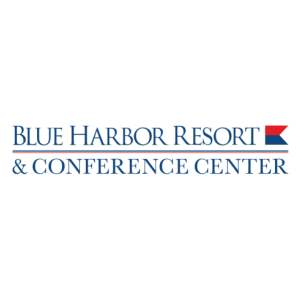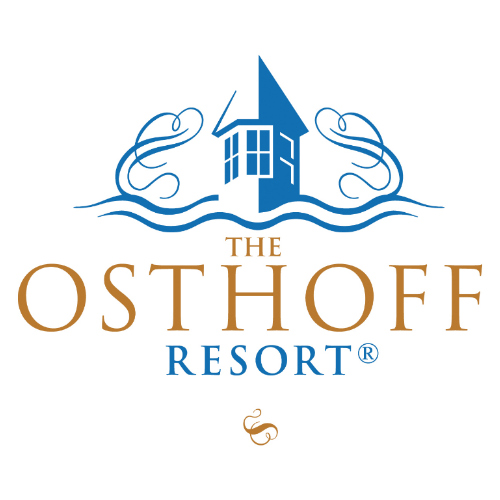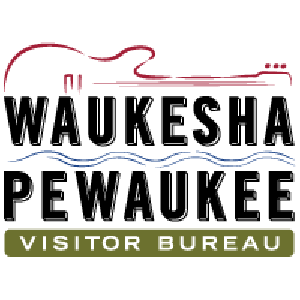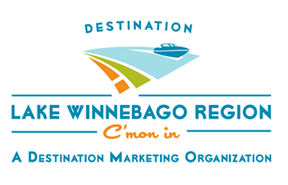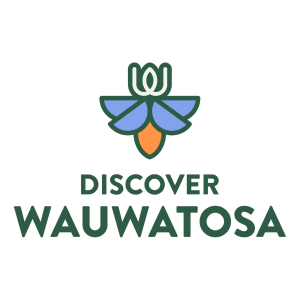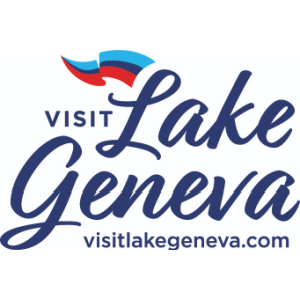Discover Green Bay’s Biggest Play Yet: The 2025 NFL Draft
07/11/2025
By Ronnie Wendt | Photo © Julie M Gile Photography, Discover Green Bay
When Green Bay landed the 2025 NFL draft two years ago, the news hit like a Lambeau Leap into national headlines. The entire city, population of 105,700, buzzed from the Titletown District to downtown coffee shops.
Still, even the most optimistic locals could not have predicted the sheer scale and success of what was to come, reports Beth Ulatowski, vice president of sales and services at Discover Green Bay.
She shares the news of receiving the draft thrilled everyone, but the results of their two-year planning effort left them awestruck.
The NFL Draft, held from April 24 to 26, drew over 600,000 fans to the city, exceeding expectations and showcasing the city’s capabilities when hosting major events. While the final impact is still being assessed, the event is estimated to have generated $20 million for the city and close to $100 million for the state.
Ulatowski credits the draft’s success to meticulous planning and strong community collaboration.
“Hosting the draft was our Super Bowl,” she explains. “If we can successfully welcome a crowd this size and make it work with the great meeting facilities we have, it shows just how many types of groups and events we’re ready to handle.”
Super-Sized Stats
When planning began, organizers hoped for 250,000 visitors over three days, over three times the 80,000 people they draw for a game. But by the end of the first night, Green Bay had already hosted 200,000 fans.
“We planned for a quarter of a million people, and we were close to that on Thursday alone,” Ulatowski says.
In fact, she says the crowds were so massive on opening night that organizers temporarily closed the gates to the NFL Draft Experience. But that didn’t last long, because they quickly decided to open up Lambeau Field to hold the overflow.
“We invited fans into the historic stadium to watch the draft unfold on massive screens from inside the bowl — it was a dream come true for thousands of football diehards,” she says. “Lambeau Field is a bucket list destination for so many. Not everyone can score tickets to a game, but with the draft, they could come inside, take it all in — and it was completely free.”
By the time the event wrapped up, Green Bay had logged over 600,000 attendees, making it the second highest attended NFL Draft in league history, just behind the 2024 event hosted in Detroit, which had 775,000 people attend.
Off Without a Hitch
It’s logical to expect a few hiccups when a city of this size hosts over a half a million visitors in three days. But careful planning that considered every detail ensured the event went off without a hitch, Ulatowski says.
“We were sitting here after the draft ended, and within 20 minutes, the entire area was cleared,” she says. “We were able to get people out of here very quickly.”
She credits the efficiency to detailed advance planning, excellent inter-agency coordination, and a culture of operational excellence. This planning accounted for every detail and ensured the city saw minimal disruptions and received glowing reviews from fans and NFL officials alike.
It went so well that, as Ulatowski reflects on it in the rear-view mirror; she struggles to think of anything they will change when the next big event hits the city limits. “Everything just … worked,” she says.
Landing the Draft
Most people do not realize that to land the draft you have to bid on it, Ulatowski explains.
Years ago, Green Bay formed an organizational committee comprising representatives from Discover Green Bay; PMI Entertainment Group, the company that manages the Resch Center; and the Green Bay Packers to bid on the draft. This committee had already bid on the draft a few times before.
“We were planning on bidding again for 2027, and had just finished that bid, when the NFL contacted our local organizing committee and encouraged us to bid on 2025,” she says. “We gathered all the information and put in our bid, and we were awarded the 2025 draft.”
“Game-day” Preparations
There is no playbook for pulling off an event of this magnitude, according to Ulatowski.
She explains, “We looked at what Cleveland, Kansas City and Detroit had done, made our best guesses, and hoped we’d get it right. Fortunately, we had the NFL’s support — they’re pros at running this event. They handled the core planning, and we stepped in wherever we were needed.”
She also credits the community for coming together to host an amazing event. Everyone contributed from city engineers to downtown business owners.
Hotels extended hours; restaurants bulked up staff; and volunteers lined the streets, welcoming fans and helping with directions.
“This took the entire community,” she says. “The Green Bay Packers, municipalities — everyone worked together, and it worked. We all wanted the same outcome and were willing to do whatever we could to make that happen.”
The community also tapped into the best practices of other cities that had hosted the draft before them, she adds.
“Past hosts were incredibly helpful — we had countless calls, Zoom meetings, and in-person meetings with them,” she says. “The best way to learn is from someone who’s just been through it.”
Preparations began with securing room blocks for the media, NFL players and officials. “We had to ensure we had the rooms reserved to accommodate all their needs,” she explains.
Ulatowski observes that Green Bay’s size, the smallest NFL city, presented unique room-block challenges. She explains they were not able to accommodate everyone who needed rooms under one roof.
“We had to split some groups across multiple hotels and ensure they were accommodated appropriately,” she says.
“It presented a few challenges, especially since it wasn’t something they were used to. But we made sure they understood the reasons behind it and reassured them we had more than enough rooms to meet everyone’s needs.”
Transportation was also a concern.
Municipalities worked with the Wisconsin Department of Transportation and Highway Department to develop a plan to get everyone in and out of the city safely.
“Honestly, because of our experience with home games, we already had solid transportation plans in place — we just had to adjust them for a larger crowd and fine-tune a few details,” she says. “For parking, we used the neighborhoods just like we do for Packers games, with residents opening up their yards for fans,” she says. “We really wanted to recreate that home game atmosphere — it’s unique to Green Bay, and people love it.”
They gathered sufficient help by securing assistance from volunteers who usher at home games. These volunteers gave visitors directions for the draft footprint, which ran from the Resch Center, through Lambeau Field, to the Titletown District and beyond.
Every venue around the stadium was activated, hosting everything from corporate and sponsored events to official NFL functions.
The city worked with its business improvement districts and other entities to host events outside of the draft campus.
Large crowds also attended the Draft City Music Fest, which was part of Touchdown Downtown, a four-day celebration of the NFL draft, that featured local food,
beer and activities. The Booyah Battle, sponsored by Mission Drywall, also drew a crowd. This event had 13 local non-profits partner with Booyah Chefs to serve up Wisconsin’s favorite soups to football fans attending the NFL Draft.
Those events, on top of all the draft hoopla, helped boost the city’s confidence moving forward.
“We partnered closely with venues near the footprint when groups wanted to host sponsor parties or other gatherings,” she says. “Our goal was always to take care of the customer — whether that was the NFL, their sponsors, or anyone involved in the draft.”
Discover Green Bay also hired drone operators and videographers to capture videos and a photographer to photograph all activities. “We wanted to be able to show how our spaces were being used, and how we did things with this event,” she says. “Having that information on video so that we can show other organizations will be great for us. It’s a three-day commercial for Green Bay.”
Though the event is over, work remains, she adds.
“We are already in touch with Pittsburgh, which will host in 2026, and Washington, D.C., which will host in 2027,” she says. “We are sharing everything we learned, from crowd management strategies to vendor coordination and hotel block planning. It’s a pay it forward kind of thing. We all want the next city to succeed, just like we did.”
A Big Win for Future Events
The 2025 NFL draft wasn’t just a tourism spike or a PR win, it is something that will live on and leave a lasting legacy on the local community.
During the draft, local businesses saw record-breaking sales, hotels booked out for miles, and national and even international media coverage put Green Bay in front of audiences for weeks.
But most importantly, the city proved it could operate on a national stage and thrive, she adds.
“People will look at Green Bay differently now,” she says. “We showed them we can host big events and do it well.”
The wheels are already in motion to bring major events to Titletown in the near future. One of the most prominent will be the Badgers/Notre Dame game in 2026.
“We are already starting to think about what we can do, from the city’s point of view, to leverage that event in a similar fashion to how we worked with the NFL Draft,” Green Bay Mayor Eric Genrich said in a recent interview with Fox11 News.

